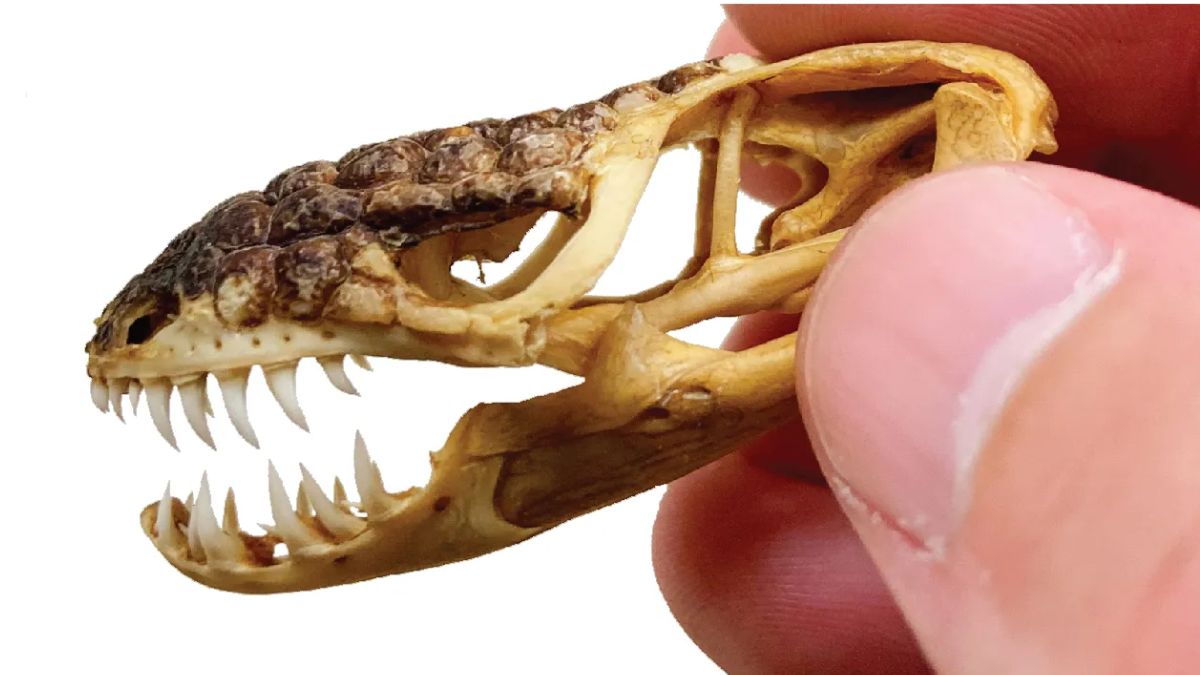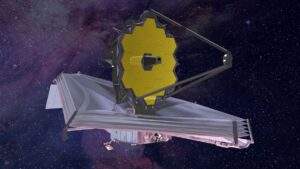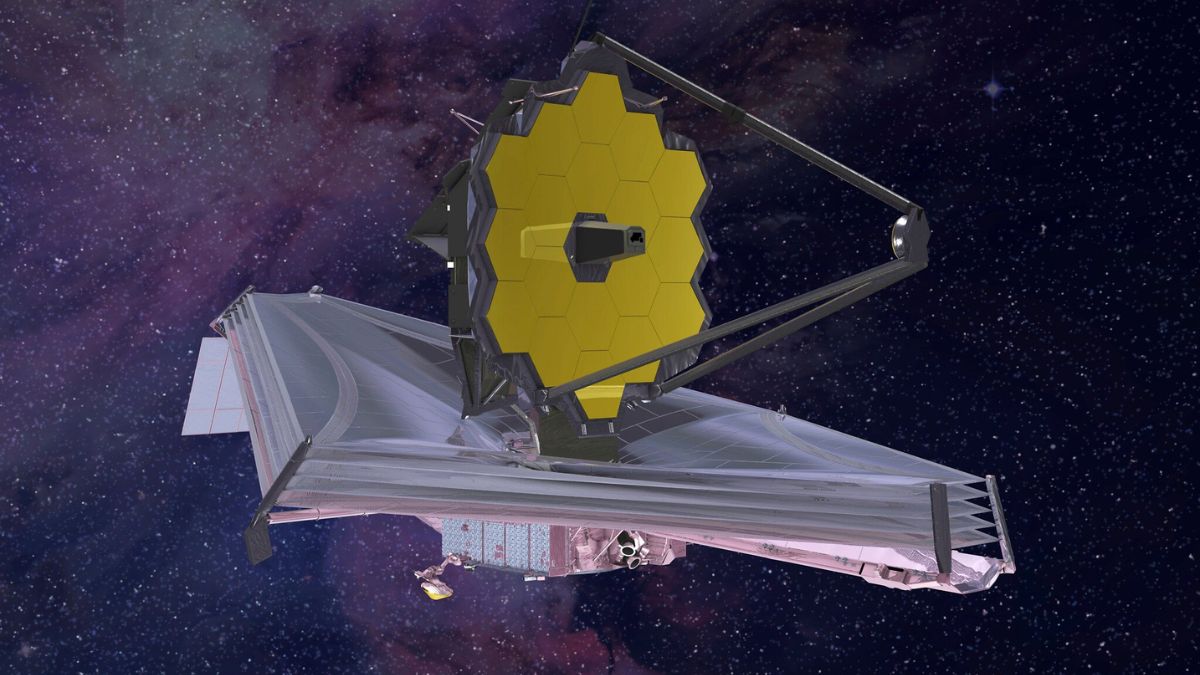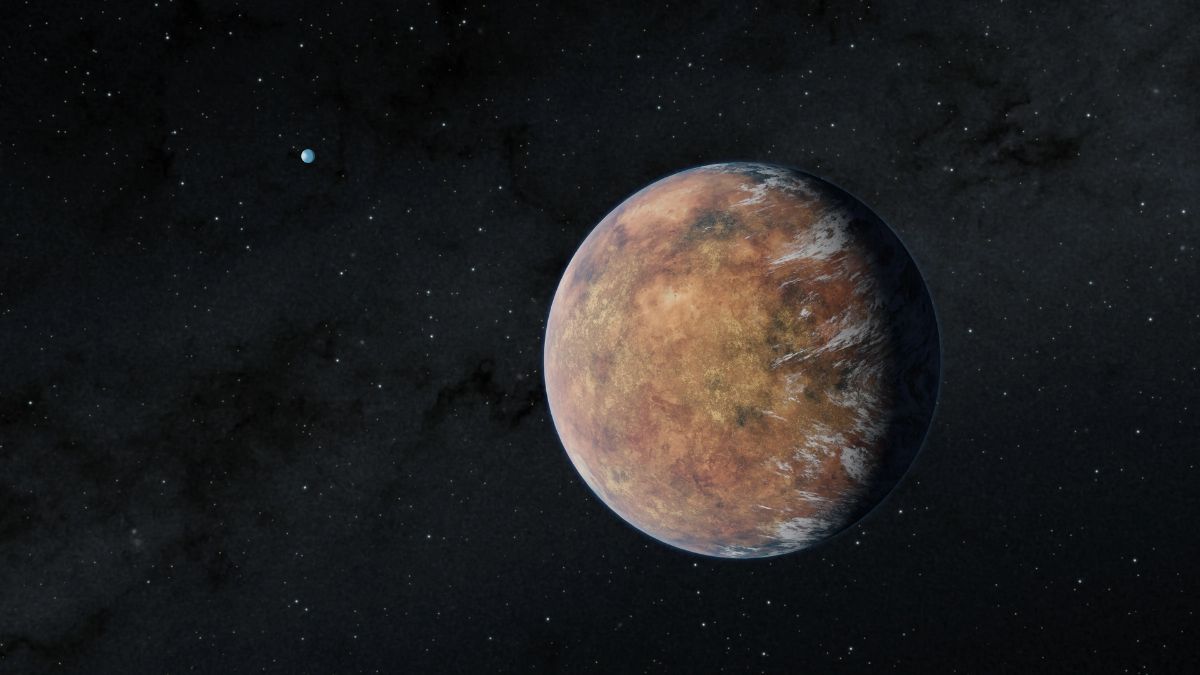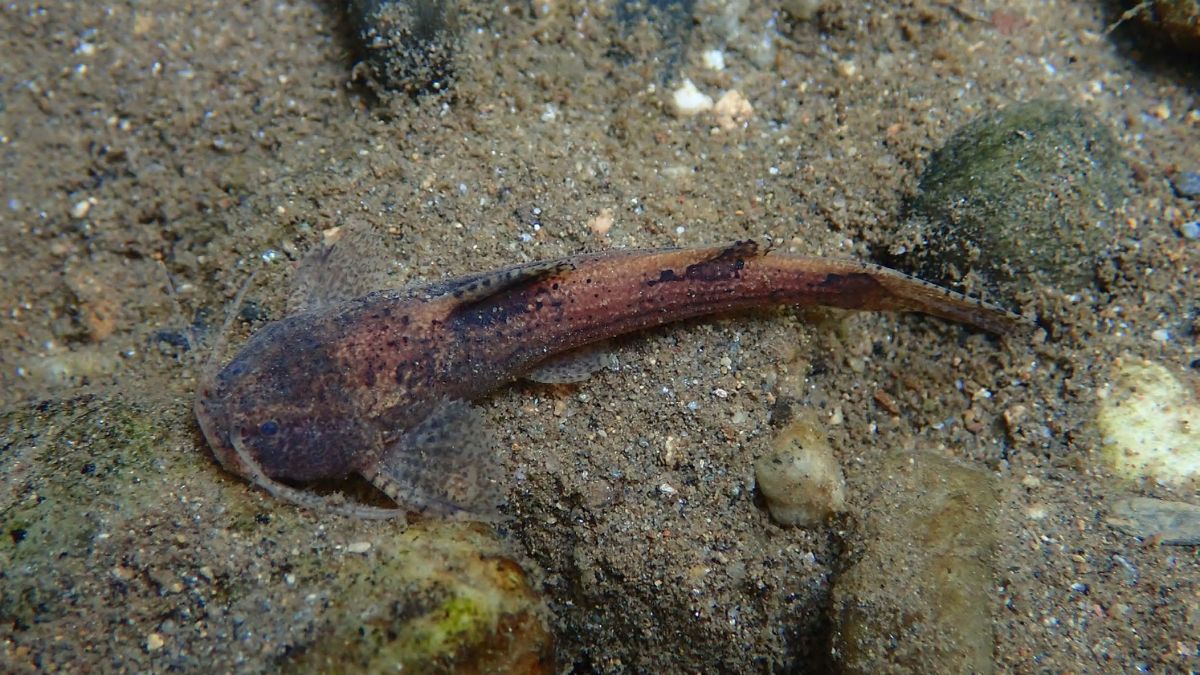Imagine walking past the same jar every day at work, never realizing it holds the remains of a creature that roamed Earth 76 million years ago. That’s exactly what happened at the Museum of Natural History in Utah.
A simple, dusty jar labeled “lizard” sat untouched for years—until one day, a fresh pair of eyes took a closer look. What they discovered turned out to be an entirely new prehistoric species: Bolg amondol.
Let’s cut into the surprising story of how a forgotten fossil rewrote part of Earth’s ancient history.
Discovery
It all started with curiosity. A group of researchers from the Natural History Museum of Los Angeles visited the Utah museum and decided to analyze the contents of a long-ignored jar. Inside were the fossilized remains of a lizard unlike any ever seen before.
The bones were part of a 2005 expedition to the Grand Staircase-Escalante National Monument but had never been properly examined. When paleontologist Hank Woolley finally took a closer look, he realized the remains belonged to an unknown species. And just like that, the forgotten became unforgettable.
Naming
The newly discovered lizard was named Bolg amondol, a nod to J.R.R. Tolkien’s fantasy world. The name uses Sindarin, one of Tolkien’s invented Elvish languages, and refers to the creature’s monster-like appearance.
Why this name? Simple. The lizard had a head covered in thick bone mounds, making it look like something straight out of a fantasy novel—more like a beast from Middle-earth than a creature from prehistoric Earth.
Anatomy
Bolg amondol might not have been as large as a dinosaur, but it wasn’t defenseless either. The lizard was covered in bony armor plates, giving it a natural shield against attacks. Think of it like wearing a built-in helmet and body armor.
And it wasn’t just about defense. The creature also had sharp, pointed teeth—clear signs it was a predator. Despite its small size, it likely hunted smaller creatures, possibly even baby dinosaurs. Nature doesn’t always favor the biggest; sometimes, speed, stealth, and strategy win.
Predator
Don’t be fooled by its size. Bolg amondol was an efficient little hunter. While it couldn’t compete with massive carnivores, its size gave it a different advantage—agility. It could slip through tight spaces, sneak up on prey, and strike fast. Imagine a ninja lizard, armored and deadly.
Scientists believe it may have fed on smaller animals or even vulnerable dinosaur hatchlings. Its strategy? Surprise attacks and swift escapes—classic underdog tactics.
Rediscovery
The most fascinating part? This fossil had been hiding in plain sight for almost two decades. It was collected during a 2005 dig, packed away, labeled generically, and shelved. Nobody knew its true value until Woolley took the time to study it properly.
That’s the real message here: discovery doesn’t always happen in the field. Sometimes, it’s just about revisiting what you already have. Museums aren’t just places to show off fossils—they’re treasure chests of untapped knowledge.
Ecosystem
Bolg amondol also gave scientists fresh insight into the Cretaceous period. Previously, researchers thought the ecosystem was dominated mainly by large dinosaurs. But this lizard proves there was more diversity—small, specialized reptiles played critical roles too.
Even more interesting, similar species have been found in Asia, particularly in the Gobi Desert. This supports the theory of ancient migration routes between continents, especially through what was once the Bering land bridge connecting Asia and North America.
Here’s a quick look at what this tiny lizard reveals:
| Discovery Insight | Explanation |
|---|---|
| Cretaceous complexity | Ecosystem had more reptile diversity than assumed |
| Global migration | Similar species in Asia suggest cross-continent movement |
| Evolutionary connections | Links between North American and Asian species |
Archives
What can we learn from this? Never underestimate what’s sitting in storage. Bolg was found not in a desert dig site, but in a museum jar. It shows that some of the most important discoveries might already be in our hands—we just need to look closer.
It’s a reminder that science isn’t always about adventure—it’s also about patience, detail, and curiosity.
Relevance
This little lizard’s story also shows why preserving fossil-rich areas like the Grand Staircase-Escalante is crucial. These sites still hold the answers to life’s biggest questions—about evolution, extinction, and survival.
In a time when climate change and biodiversity loss are growing concerns, understanding how ecosystems once collapsed or adapted can teach us how to better manage today’s challenges. The past is a mirror. If we look closely enough, it reflects our future.
So, the next time you think museums are just about dusty shelves and old bones, think again. You never know what secrets are waiting inside a forgotten jar.
FAQs
Who discovered Bolg amondol?
Paleontologist Hank Woolley identified the species.
Where was the fossil originally found?
In Grand Staircase-Escalante National Monument, Utah.
How old is Bolg amondol?
It lived about 76 million years ago.
What made Bolg a good predator?
Its sharp teeth and bone armor helped it hunt effectively.
Why is this discovery important?
It offers new insights into Cretaceous ecosystems.

